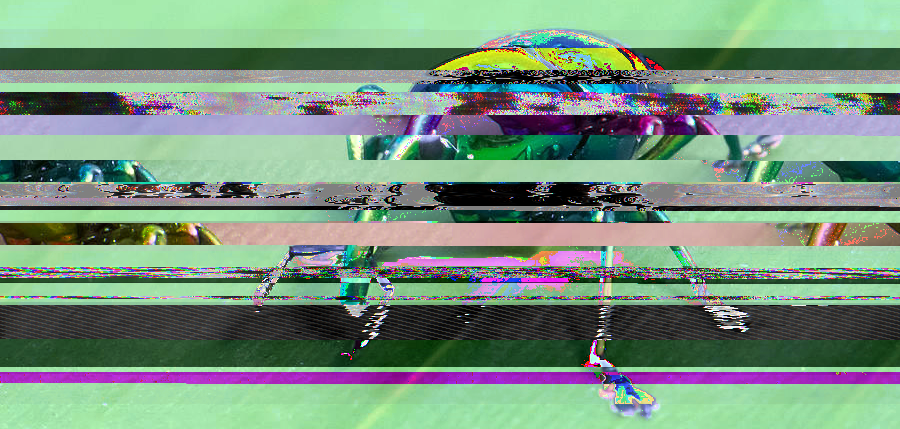STEP 2. IMPORT YOUR IMAGE!
In Audacity, go to File > Import > Raw Data. Open the image you prepared, and use the settings shown to import it.
You’ll get this image as raw audio data, which I recommend you do NOT play. It will be very loud and abrasive, so probably keep your volume down in case you accidentally play it.
STEP 3. BEND THE DATA!
You can use basically anything in Audacity’s effects menu for good results, though I tend to favor Bass and Treble, Echo, Invert, dblue Crusher, and dblue Glitch. You can also copy and paste portions of the audio data in different places, and even import other audio to play alongside the data.
Try not to edit the very beginning or very end of the audio, as this might end up corrupting the image header, and it won’t be readable as an image anymore. Don’t shy too far from them, though; if you avoid them too much, the top and bottom areas of the image will remain unchanged. The positioning of the audio data is surprisingly straightforward, so with enough practice, you can approximate what portion you’ll be editing with relative ease.
This is definitely the longest part of the process, since it can take a lot of trial and error for good results. At the start, I recommend doing little portions at a time to get a sense of what exactly your edits are affecting. Try a lot of different things, and remember that Audacity lets you undo things easily and infinitely!






 (FREAK.bmp, visualized via plaintext rather than audio data.)
(FREAK.bmp, visualized via plaintext rather than audio data.)